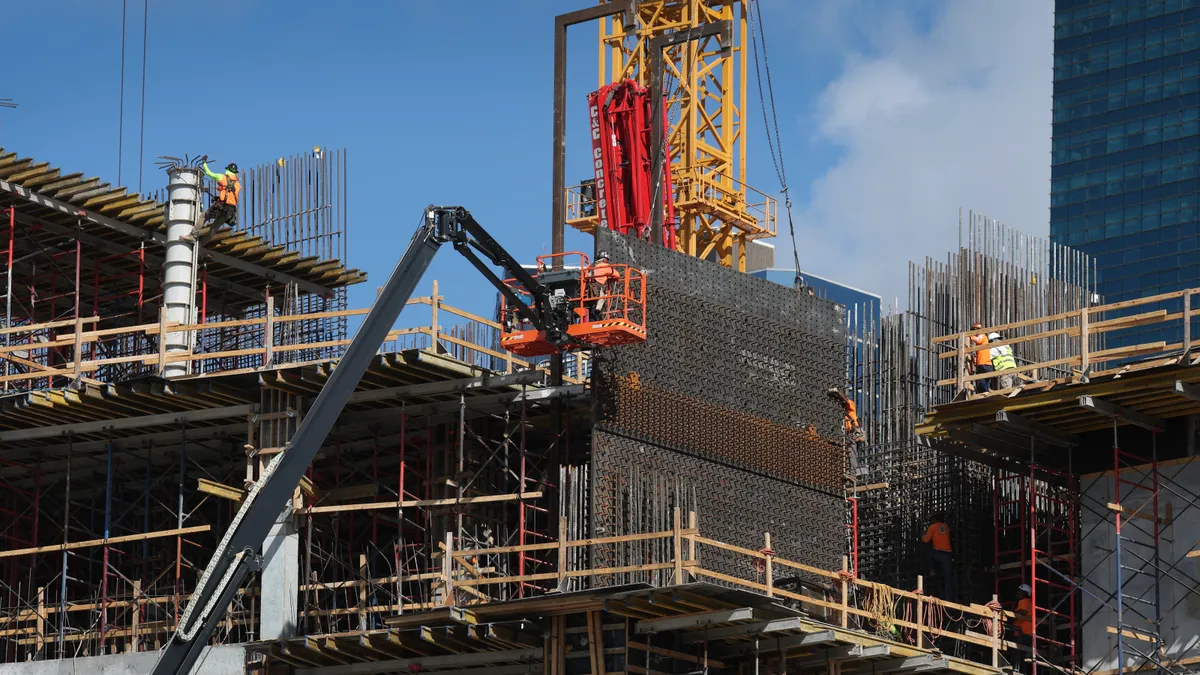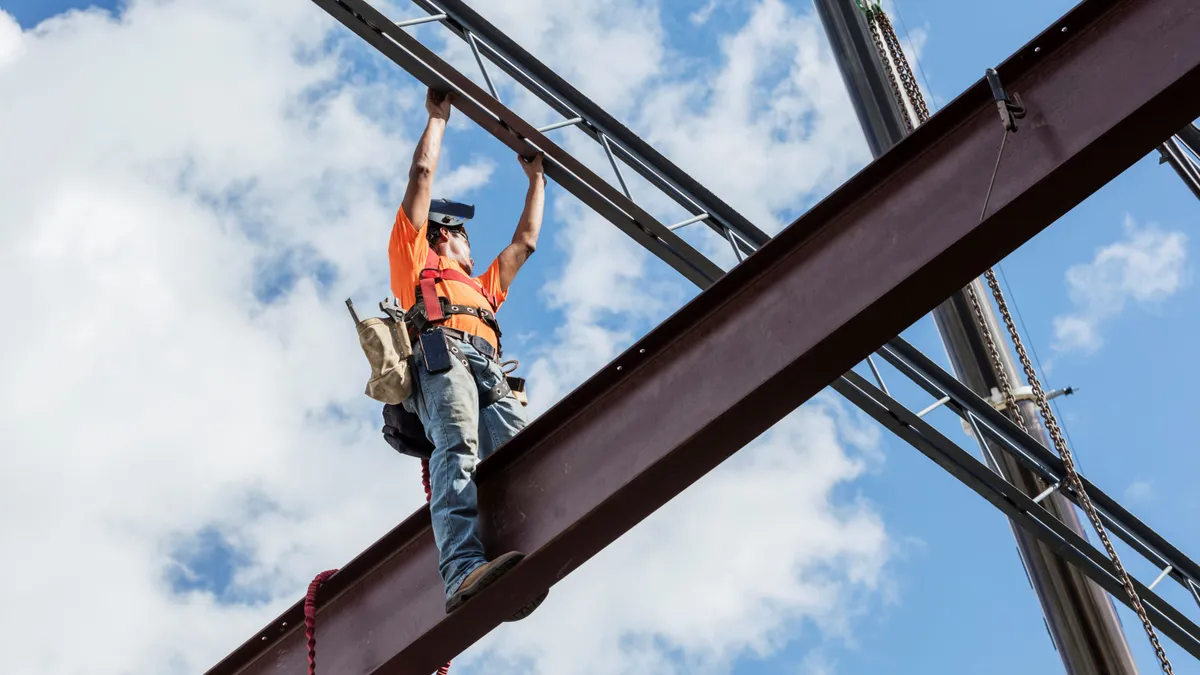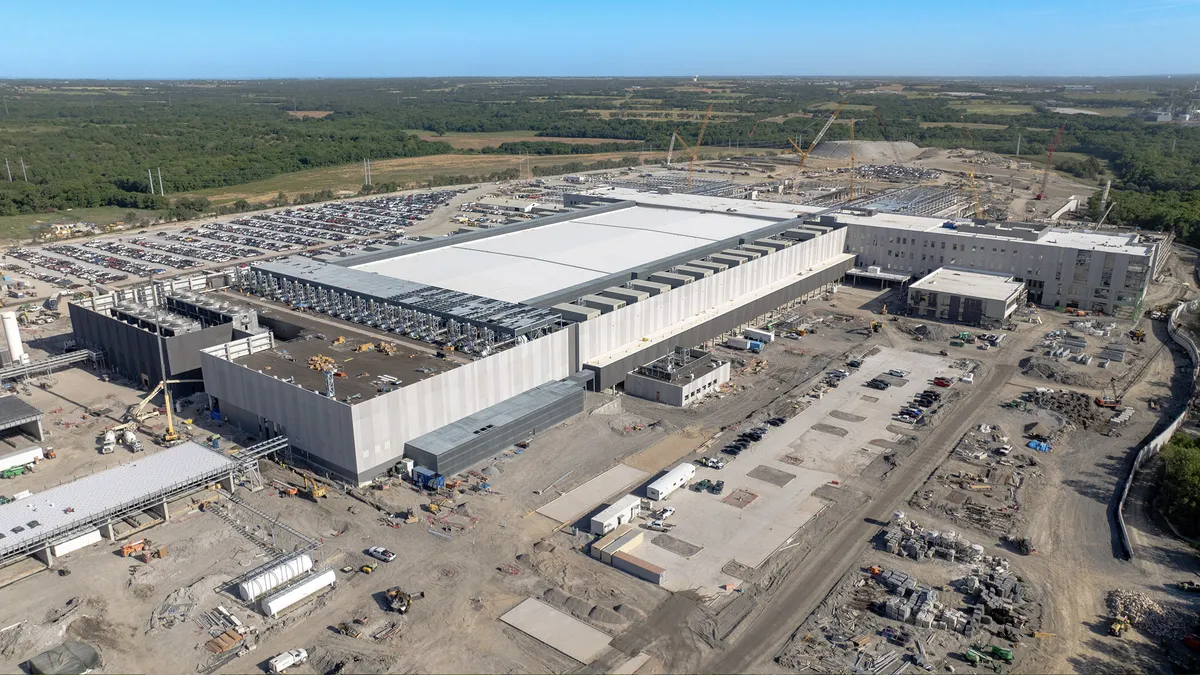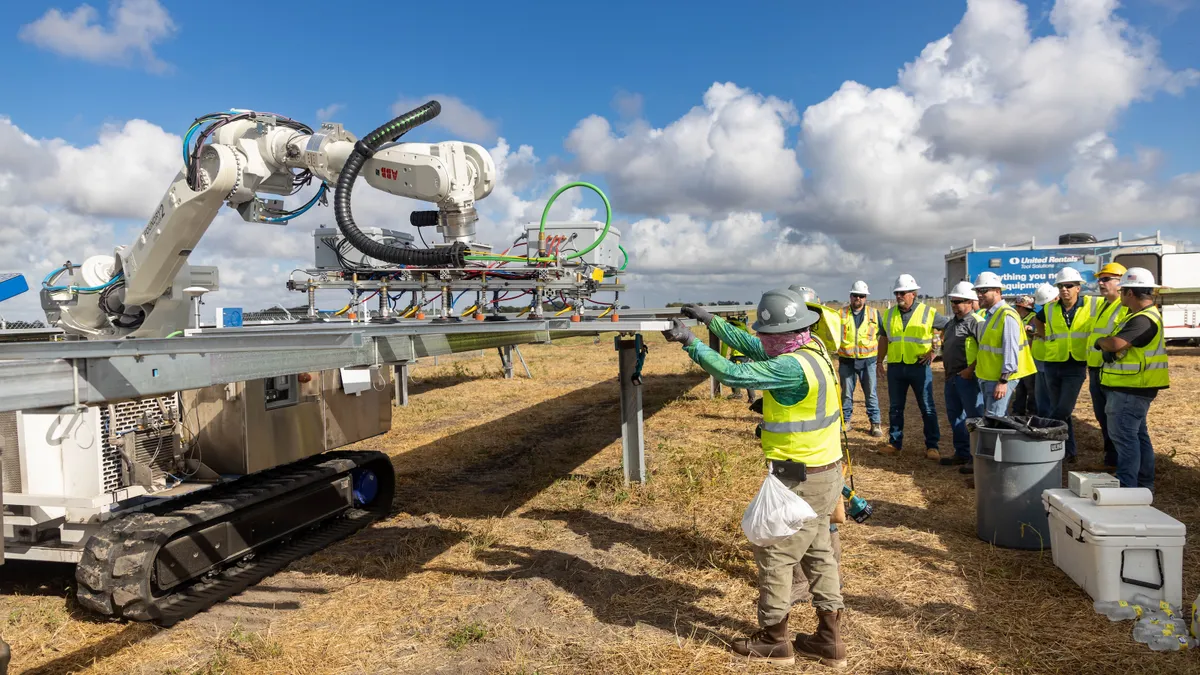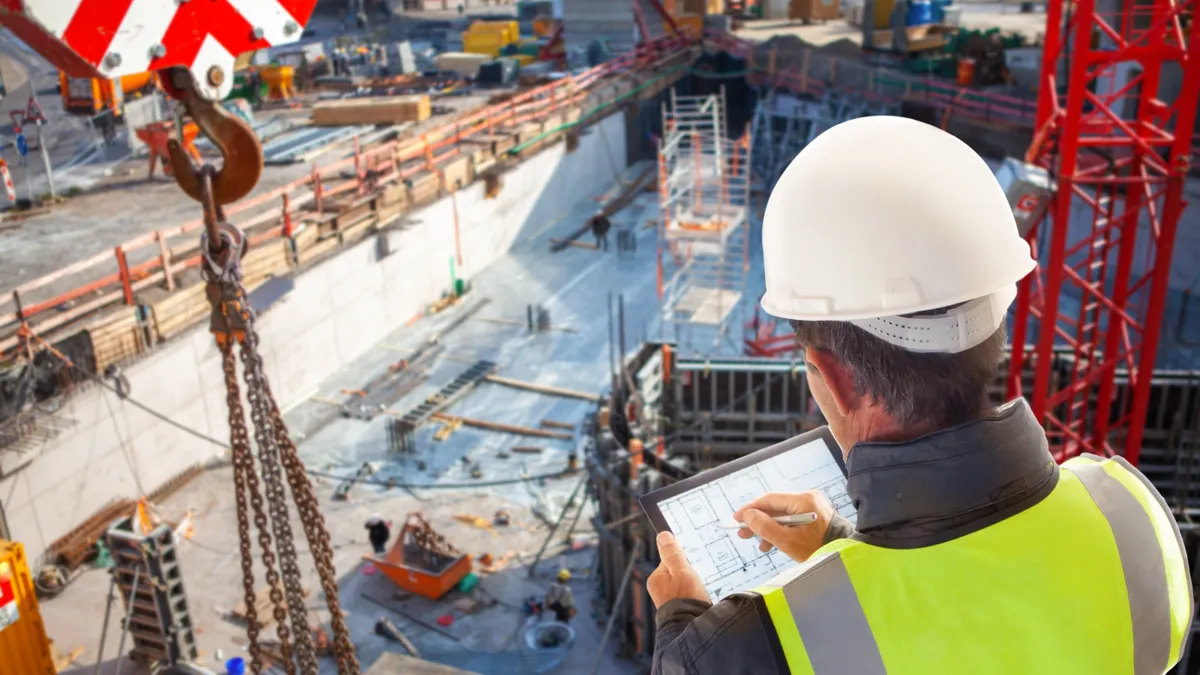Editor's Note: The following is a guest post from Jit Kee Chin, chief data officer and executive vice president for Suffolk Construction.
Effectively aligning operations and talent with advances in technology is one of the most prominent challenges businesses face today. Big data, artificial intelligence, robotics, and other emerging technologies that collectively form “digital convergence” are on the agendas of CEOs and board directors in every industry.
Boardrooms, however, lack the expertise necessary to effectively discuss and implement these new technologies into their business practices. Often, the challenges consist of understanding the “art of the possible,” discovering how that translates into the business context and rigorously executing the drive to enterprise-scale transformation. An in-house C-suite executive with a background in technology and data can guide executives and employees into this mostly unchartered territory.
In 2017, a study by McKinsey found a $1.6 trillion gap in potential earnings in the construction industry as a result of the industry’s hesitation to incorporate new technology. While other sectors such as retail and manufacturing have capitalized on digitization and automation, construction has made fewer advancements, making it one of the least digitized sectors in business. The construction industry’s sophistication in utilizing data can also be improved — projects often operate on a standalone basis and few organizations aggregate insights across their entire project portfolios.
Why construction is slow to adopt
After I was hired as Suffolk’s first Chief Data Officer — a rare position in construction — I quickly discovered the underlying rationale for the slow rate of adoption of new technology. The industry’s reluctance stemmed from leadership’s lack of confidence that big data and advanced analytics techniques could improve business operations. I saw this as an opportunity.
The value-creating use cases had not yet been defined for this industry, and it was the right time to experiment with different use cases that could create value for operations, ultimately enhancing our core business. Digitization and technology lend themselves to business metrics in a way that makes them inseparable with progress — digitization and the application of new technology actually generate data, which can then be analyzed. I therefore set about leveraging all these techniques to help drive business value.
My first major task was to assemble a cross-functional group of data scientists, IT managers, operations, and strategy specialists that consisted of both internal resources and external hires. Cross-fertilization of ideas generates insight from the data necessary to think through new applications. I also embarked on a data diagnostic study to gain a comprehensive understanding of where the company stood on data quality, governance, architecture and management.
Challenges to adoption
One challenge the construction industry is currently facing is its inability to stitch together disparate datasets and extract useful information. Construction companies generate lots of data, such as field reports, inspection records and jobsite plans, but the information is scattered throughout different departments and programs. This issue is exasperated by data structures that have changed through time, making that information difficult to effectively analyze. Needless to say, data integration became a huge priority for our team.
The next step was to define Suffolk’s vision and strategy. Construction is an industry centered around projects, so our team communicated a vision for a “360 view of a project” where employees could have near real-time views of searchable, correlated data throughout project lifecycles.
Construction is also an industry that requires the effective management of risk — safety, time, cost and quality — so we focused on leveraging data to build prediction and leading indicators into all aspects of our business, which enabled better risk management. We relied on new measurement and analysis technologies where appropriate, such as using image recognition on images captured on project sites, sensor information for environmental hazards and more.
Together with Chief Information Officer Doug Myers, our team revamped Suffolk’s underlying data architecture to ensure information from different applications could flow. To increase transparency, we built near real time mash-up dashboards displaying information from disparate systems, dramatically increasing transparency of performance and flow of the speed of information.
Leveling up
Suffolk started with its operations teams and is currently working its way through all business areas and functions of the company. The goal is to bring the entire firm “up the analytics maturity curve,” from raw data and simple reporting to clean data and comprehensive statistical forecasts.
To demonstrate how an end-to-end “data journey” would look for Suffolk, we decided to pilot our data approach on one specific business area: jobsite safety. Jobsite safety is one of the greatest and most important challenges of our industry—21 percent of all workplace fatalities occur in the construction sector, according to a 2017 Bureau of Labor Statistics report. There are many conditions that impact workplace safety, including weather, scopes of work performed, supervision of the site, type of project, and other factors.
In partnership with Executive Vice President of Health and Safety Alex Hall, the team helped revamp Suffolk’s safety management platform by implementing a mobile-based observation and activity tracking system. Since the implementation of this system, our incident rates have fallen by more than 40 percent, we have returned time to the field so safety professionals can do their jobs more effectively, and we sparked important discussions about the most prevalent hazards on project sites so company-wide programs could be developed to address these issues.
As we continue to advance our digital agenda and look ahead to the future, we realize artificial intelligence can greatly assist us in closely monitoring various components of active construction sites. Suffolk has partnered with Smartvid.io, a construction-specific AI company based in Cambridge, Massachusetts, with a specialty in Computer Vision and data analytics. Suffolk and Smartvid.io researched and developed a solution that could combine more than 10 years of historical project data (700,000 images from 360 projects) with other existing data (such as weather) and apply a predictive algorithm to “teach” the system the risks and factors that could lead to an accident on a project site.
If the research continues to prove out, a future system could alert staff of heightened risk situations and potential safety incidents so teams could take immediate action and neutralize the risks before safety incidents even occur. So far, the results have been encouraging — our predictive analytics model has been able to identify one of five accidents with 80 percent accuracy, with higher identification rates if more false positives are accepted. This proof of concept demonstrates the key role artificial intelligence can play in safeguarding workers and construction sites.
Being more transparent
Besides improvements in jobsite safety, our increased data transparency companywide has brought about a positive change in our company culture. Employees are now more open-minded about our data efforts and we have seen an uptick in morale because we enhanced employee understanding of what constitutes a data- and digital-driven transformation across the organization and how that transformation will benefit them.
Given the volume of data and resource requirements, it is unlikely that one company can transform the entire construction industry through the use of artificial intelligence. So, we have turned to partnerships to further the work. In 2019, we co-formed the Predictive Analytics Strategic Council with Smartvid.io, a data alliance that includes 10 general contractors and insurance organizations (and growing) committed to working together to understand how we can use predictive analytics to improve construction outcomes. We understand artificial intelligence alone will not change outcomes but that construction professionals must leverage the insights and decision aides A.I. can offer to actually change worker behaviors and company cultures. Only then will safety outcomes dramatically improve.
Many companies have failed to participate in the digital and data transformation because their leaders are not able to clearly define what it means, leaving their workforces confused and reluctant to change. If the industry truly wants to participate in this transformation, companies must overcome the challenge of communication among diverse talent groups. That communication must start at the C-suite level. While companies may have directors of innovation and heads of technology, until those experts are invited into the boardroom and C-level leadership is committed to changing the way their people view digitization and data, the construction industry will continue to lag behind.




